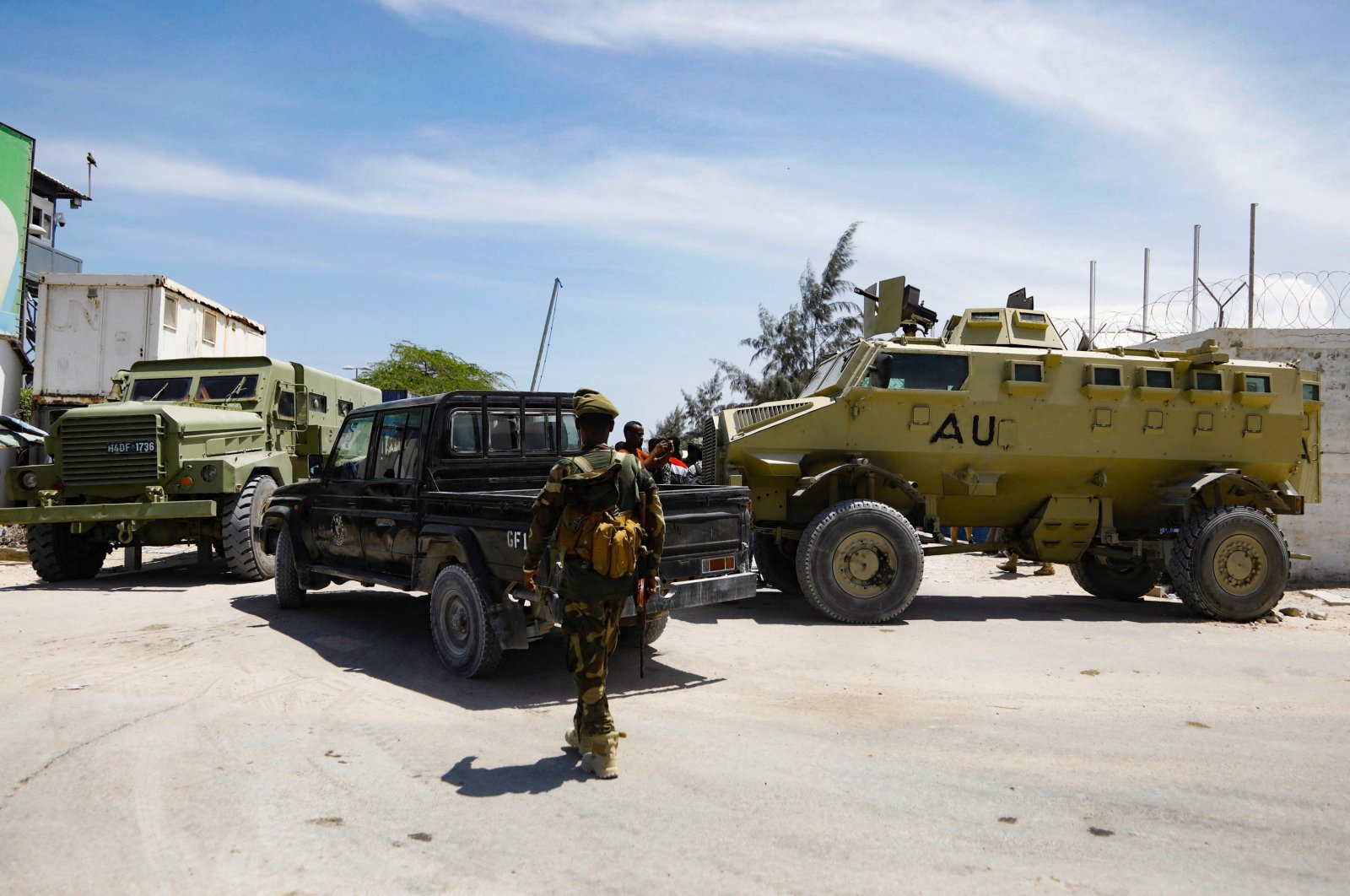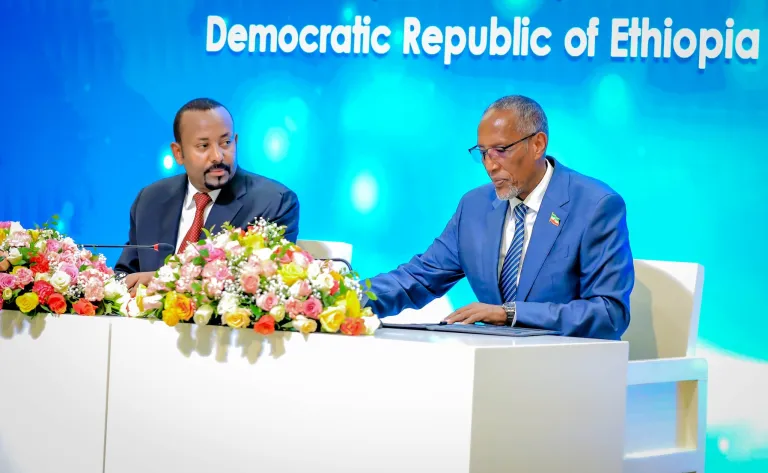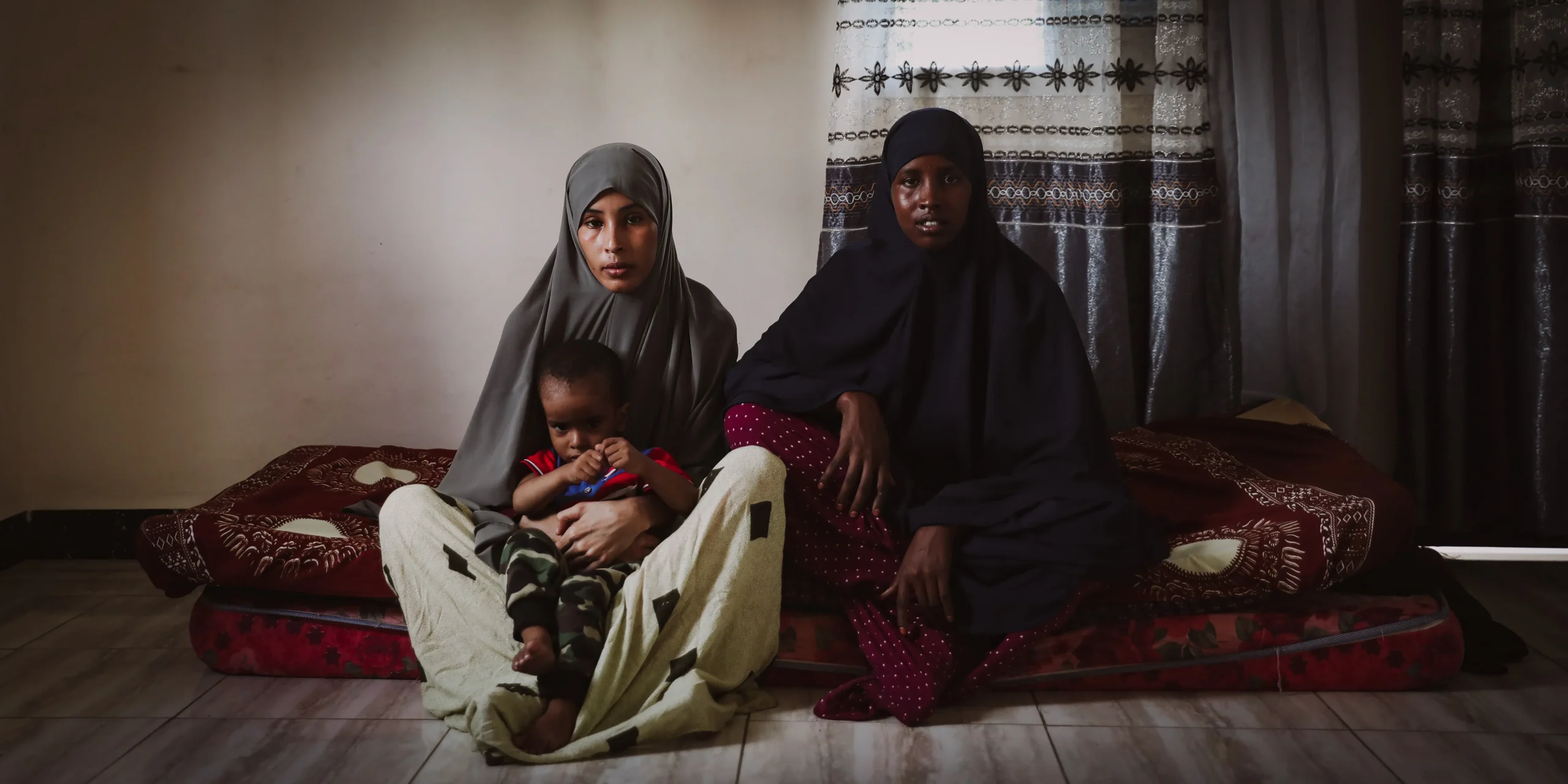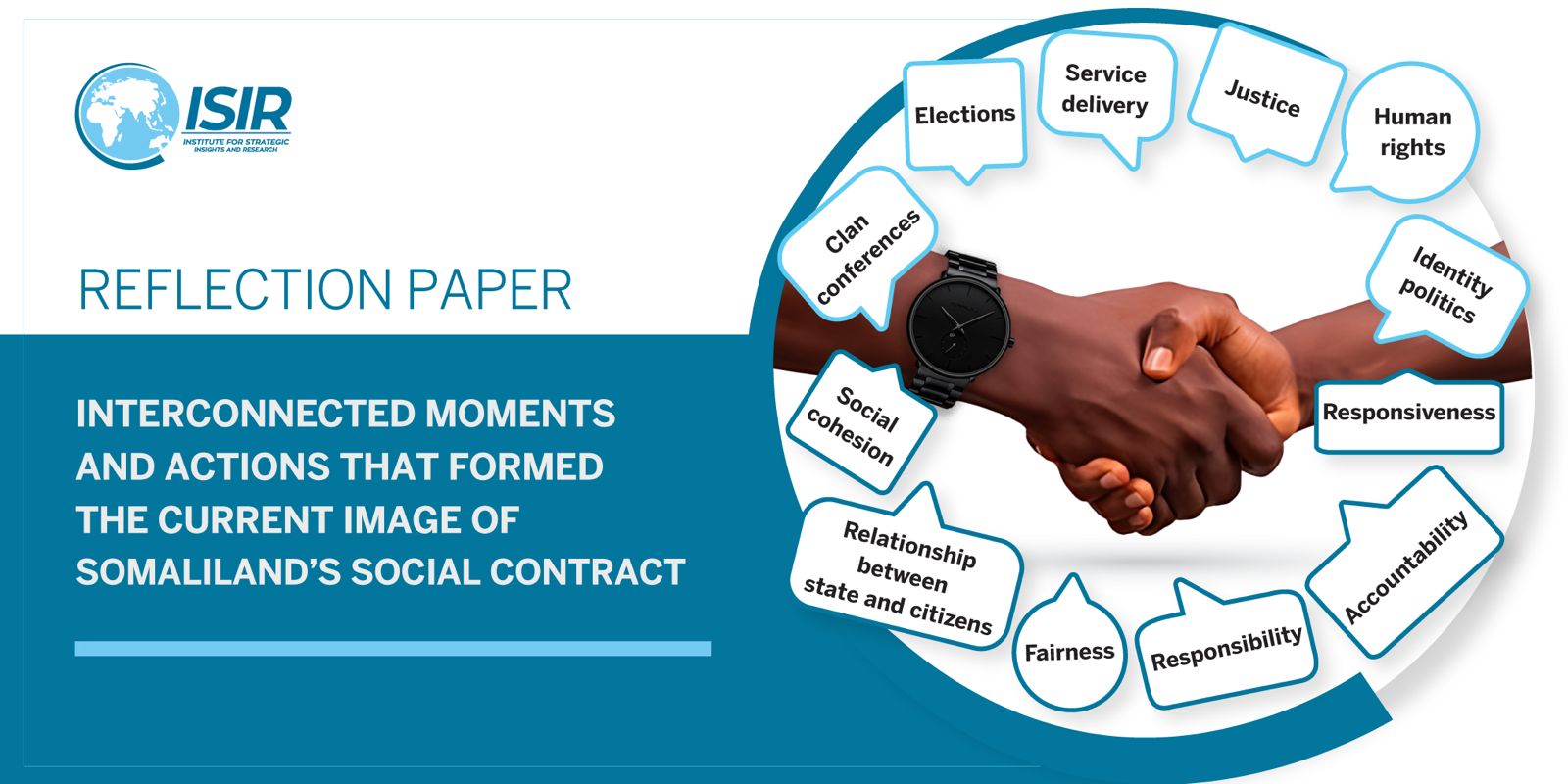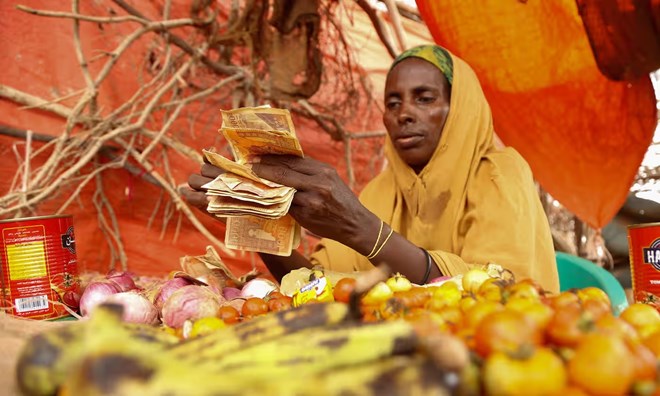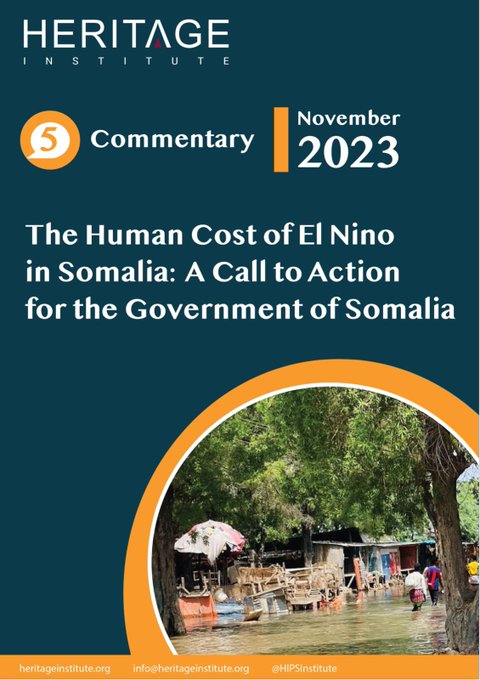By Mahbub Mohamed
Somalia and its resilient population have lived through many crises, from armed conflicts to devastating natural and climate-induced hazards. Within the last two decades, close to half a million people have lost their lives, and many more have been internally displaced because of a cycle of two disasters: draughts and floods. What remains unfortunate is that, despite the many lives lost and the thousands of climate refugees, there has not been a sustainable solution that can break this vicious cycle of crisis. The crisis response and management approach have remained unchanged. Still, we are having the same challenges despite the billions of dollars of aid support from humanitarian aid organizations. There is a need for a paradigm shift. The article will address the need for investing in and harnessing locally led adaptations and the critical role of the local community in adopting sustainable solutions.
The endless cycle of crisis.
For the past few years, there has been a recurrent cycle of disasters that have exacerbated the pre-existing challenges facing rural and low-income urban communities. The country is experiencing unusually long droughts that have affected its agriculture sector, which is the country’s economic and food security lifeline, and flash floods that have affected both rural and urban communities, particularly poor and low-income families.
Recently, the country has experienced the worst drought in forty years, which has caused extreme food insecurity and water shortages across the country, putting the country on the brink of another devastating famine. However, with emergency support from the international community and the mercy of the beginning of the rainy season, the country succeeded in averting the looming famine crisis. Despite the little progress we have made so far, we have been confronted by another crisis. There’s an ongoing alarming crisis of flash floods that is already affecting some parts of the country.
There are ongoing coordinated efforts from international aid organizations to support the Somali government in responding to the looming flood crisis, including providing lifesaving support for the internally displaced. However, the responses from humanitarian actors and Somalia’s government, though the role of the Somali government is limited, are often reactive. This method of crisis management isn’t durable and, unfortunately, has proven to be unsustainable.
The human and economic losses resulting from climate-related disasters and the lack of sustainable methods of responding from stakeholders have remained not only unsustainable but also a threat to the country’s economic recovery, poverty reduction efforts, and building a resilient economy, which will shift the affected communities from aid dependency to self-sufficiency.
The country’s existing adaptation strategies
The federal government of Somalia, with the support of UNDP, developed a national adaptation plan in 2013. The plan has proposed the needed adaptation actions in various sectors and enacted the mechanisms for implementation. However, because of many challenges, including limited institutional capacity at the state and federal levels, most of the proposed plans have remained on paper.
Despite the lack of meaningful intervention in the country’s crisis from previous adopted adaptation plans, the immediate administration had adopted another national adaptation plan framework, whose key guiding principles were what the framework termed “country-driven” and “country-owned”. Unfortunately, what most of our policies towards adaptation and resilient building have in common is the lack of meaningful approaches that can contribute to resilient building and further bring sustainable solutions that can be used to break the repeated cycle of crises. The existing approaches, particularly the emergency support of humanitarian actors, have no doubt saved the lives of thousands of rural and poor urban communities in Somalia, but there has to be a radical shift that can lead to sustainable adaptation investment.
Empowering local communities through locally led adaptation
Local people are key stakeholders; they are the most affected, and their involvement in the adaptation process and decision-making is key. Without their involvement, much of the intervention will likely not produce tangible outcomes. Due to the ineffectiveness of current methods and approaches to response, there have been numerous calls from the public for change in the way in which the government and international aid organizations respond to and manage country’s crisis. However, it is important to recognize that such changes cannot be achieved unless the locally led adaptation approach is employed and the voices of local people are included in the development of the adaptation policies and strategies.
In light of current crises, it is an observable fact that the country’s existing policies, strategies, and response approaches haven’t materialized on the ground as intended; this is partially to blame for institutional capacity, a lack of effective coordination among humanitarian actors, the federal government, and federal member states, and the wiliness to recognize the failures of current approaches. The challenges of current methods of response can be solved by investing in long-term solutions, including localizing humanitarian aid and investing in sustainable water harvesting to minimize the impact of flash floods while ensuring water security at the same time. This solution can be achieved through local community empowerment and local people involvement in policy and decision making.
To conclude, Somalia and its vulnerable population cannot afford to live in between crises; there has to be a solution. And that solution lies in supporting locally led adaptation strategies that will exploit local knowledge and enable local communities to take the lead role in responding to these crises.
Mahbub Mohamed is a lecturer, researcher, and independent Environmental health and safety consultant. He’s also a blogger and media contributor on environmental, climate change, and social and cultural issues.
Categories: Opinion








